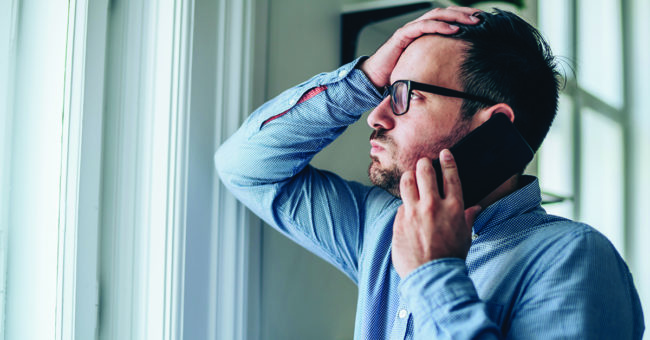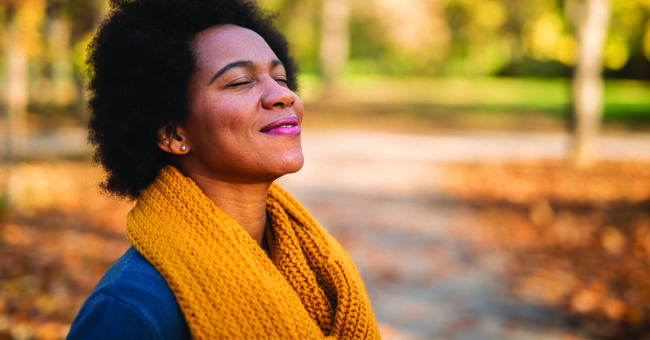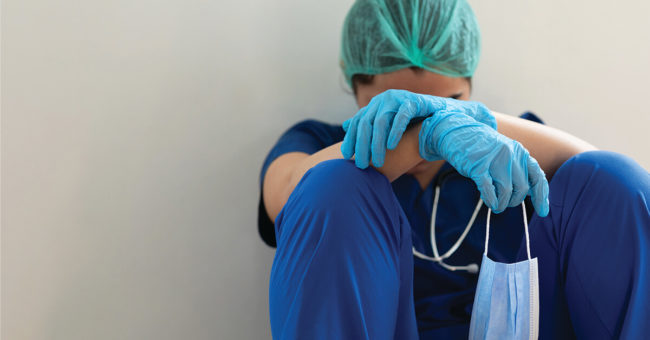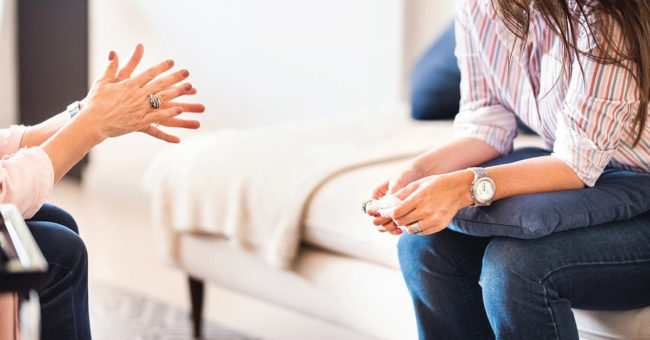Anxious? Try a Safety Signal
As a child, during times of distress, did you seek comfort in a stuffed animal, a lullaby, an imaginary friend, a secret hiding place or good luck charm? Most of us did in one fashion or another. Psychologists call these objects, sounds and places “safety signals,” meaning they afford us a sense of solace when…





